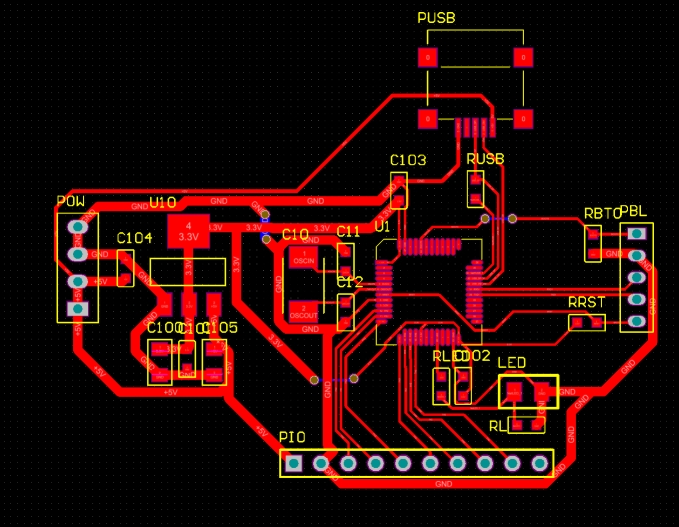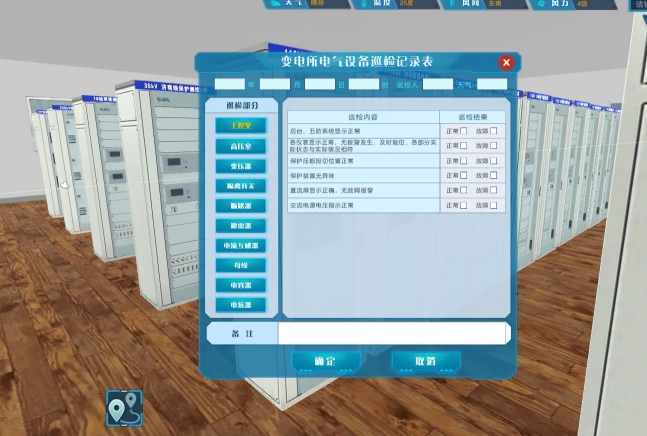Best Practices in Hardware Circuit Design: Building Efficient and Reliable Electronic Systems
- latest articles
- 1.DApp Development & Customization: Merging Diverse Market Needs with User Experience 2.Analysis of the Core Technical System in DApp Project Development 3.How to achieve cross-chain interoperability in Web3 projects? 4.How does the tokenization of points reconstruct the e-commerce ecosystem? 5.How to Set and Track Data Metrics for a Points Mall? 6.What is DApp Development? Core Concepts and Technical Analysis 7.Inventory of commonly used Web3 development tools and usage tips 8.Development of a Distribution System Integrated with Social E-commerce 9.Six Key Steps for Businesses to Build a Points Mall System 10.What is DApp Development? A Comprehensive Guide from Concept to Implementation
- Popular Articles
- 1.Future Trends and Technology Predictions for APP Development in 2025 2.Analysis of the DeFi Ecosystem: How Developers Can Participate in Decentralized Finance Innovation 3.From Zero to One: How PI Mall Revolutionizes the Traditional E-commerce Model 4.DAPP Development | Best Practices for Professional Customization and Rapid Launch 5.Recommended by the Web3 developer community: the most noteworthy forums and resources 6.From Cloud Computing to Computing Power Leasing: Building a Flexible and Scalable Computing Resource Platform 7.How to Develop a Successful Douyin Mini Program: Technical Architecture and Best Practices 8.Shared Bike System APP: The Convenient Choice in the Era of Smart Travel 9.How to Create a Successful Dating App: From Needs Analysis to User Experience Design 10.From Design to Development: The Complete Process of Bringing an APP Idea to Life
With the rapid advancement of electronic technology, hardware circuit design plays an increasingly important role across various industries. From consumer electronics to industrial control, and from medical devices to communication fields, the quality of hardware circuit design directly impacts the stability, performance, and reliability of systems. Therefore, designing efficient and reliable electronic systems has become a significant challenge for hardware engineers in their practical work.
This article will delve into the best practices in hardware circuit design, from fundamental design principles to specific technical implementations, to help engineers better construct efficient and reliable electronic systems.
I. Basic Principles of Hardware Circuit Design
Hardware circuit design is not merely about connecting components; it involves knowledge from multiple fields, including circuit theory, signal integrity, power management, and thermal design. Excellent hardware design must not only meet functional requirements but also balance performance, cost, reliability, and manufacturability. Here are several fundamental principles of hardware circuit design:
1. Function and Requirement Analysis
The first step in hardware circuit design is to clarify requirements. This includes the system's functional requirements, performance indicators, and any specific constraints. For example, embedded systems may require consideration of low power consumption, high computational capability, and reliable peripheral interfaces, while consumer electronics may focus more on cost and production feasibility.
2. Simplify the Design
Design complexity is often a cause of system instability, high costs, or manufacturing difficulties. Therefore, efforts should be made to simplify the circuit during design, avoiding unnecessary complex functions and excessive components. For instance, selecting appropriate integrated circuits (ICs) can effectively reduce the number of components and improve circuit reliability and stability.
3. Signal Integrity and Noise Suppression
Signal integrity is crucial for high-frequency circuits. Signal interference and noise can affect circuit performance, especially in high-speed digital circuits where signal transmission quality directly relates to system stability. Therefore, attention should be paid to layout routing, impedance matching, power decoupling, and other details to minimize electromagnetic interference (EMI).
4. Power Management
In terms of power management, the design must ensure stable system operation and minimize power consumption. Efficient power management not only extends device lifespan but also enhances overall system performance. For example, switching power supplies offer high conversion efficiency and are often used to provide stable voltage to circuits.
5. Manufacturability and Testability
Hardware design must consider not only theoretical functionality but also practical feasibility during production. The circuit board layout should be clean, with components arranged reasonably to facilitate automated production. Additionally, test points should be considered during design to ensure effective debugging and testing of every part of the system.

II. Key Technologies for Efficient Hardware Circuit Design
1. Circuit Simulation and Modeling
A core step in hardware circuit design is simulation, which helps designers verify whether the circuit's function and performance meet requirements before actual construction. Modern electronic design automation (EDA) tools, such as Altium Designer, Cadence, and Proteus, provide powerful simulation capabilities to model various operating conditions of the circuit, including signal waveforms, frequency responses, and noise effects.
Through simulation, designers can identify issues early, reducing time and costs during prototype development.

2. PCB Layout Design
PCB (Printed Circuit Board) layout is a critical aspect of hardware design, directly affecting circuit performance and reliability. An excellent PCB layout not only meets functional requirements but also optimizes the arrangement of power and signal lines to reduce cross-interference and enhance noise immunity.
When designing a PCB layout, special attention should be paid to the following aspects:
Power and Ground Plane Design: Properly design power and ground layers to reduce power noise interference.
Signal Path Optimization: Shorten signal paths as much as possible to avoid signal attenuation from long traces.
Impedance Matching: In high-speed digital circuits, ensure impedance matching of signal lines to prevent reflections and signal distortion.
3. Power Management Design
Power management is an aspect that cannot be overlooked in design, especially for low-power and mobile devices. Using appropriate power management ICs (PMICs) can optimize circuit power consumption and improve energy efficiency. When designing power systems, the following factors should be considered:
Power Decoupling: Power decoupling capacitors are used to eliminate power noise and stabilize supply voltage.
Power Conversion Efficiency: Choose high-efficiency DC-DC converters to reduce power loss.
Power Factor: In AC input power supplies, power factor design is crucial for improving power efficiency.
4. Thermal Design
Electronic devices generate heat during operation, and excessive temperatures can lead to component damage or degraded system performance. Therefore, proper heat dissipation design is essential for electronic systems. Using heat sinks, heat pipes, and good PCB layouts can effectively reduce heat accumulation, ensuring the system operates within safe temperature ranges.
III. Common Challenges and Solutions in Hardware Circuit Design
1. Signal Integrity Issues
In high-speed digital circuits, signal interference is a common problem, especially in high-frequency signal transmission where electromagnetic interference (EMI) can cause signal distortion. To address this, the following techniques can be used:
Use differential signal transmission to reduce common-mode interference.
Employ appropriate power decoupling capacitors to reduce power noise.
Utilize shielding and grounding techniques to minimize external electromagnetic interference.
2. Electromagnetic Compatibility (EMC) Issues
Electromagnetic compatibility issues often occur between signal and power lines or between the circuit board and external devices. To improve circuit EMC performance, one can:
Design appropriate ground layers on the PCB to avoid interference between signal and power lines.
Use suitable power filters and shielding materials to reduce EMI generation.
3. Manufacturing and Cost Control
During the hardware design process, production costs and manufacturing process limitations must be considered. To reduce costs, appropriate components can be selected, PCB layouts optimized, and circuit designs simplified. For example, using standardized components and simplifying circuit paths can reduce complexity in production, thereby lowering costs.
IV. Conclusion
Hardware circuit design is a complex and challenging process involving knowledge and techniques from multiple aspects. From requirement analysis to circuit simulation, and from PCB layout to power management and thermal design, each step is crucial. Adhering to design best practices not only helps in creating efficient and stable electronic systems but also reduces development cycles and costs, ensuring the system operates efficiently and reliably.
As electronic technology continues to evolve, the complexity of hardware design is also increasing. In this process, engineers need to continuously update their knowledge and adopt new design tools and techniques to meet growing design demands and technical challenges. Through continuous learning and practice, engineers can continually optimize design solutions and drive electronic technology forward.
-

How does artificial intelligence technology transform the operational models of modern enterprises?
In the wave of the digital era, artificial intelligence (AI) technology has tran···
-

How to Utilize Artificial Intelligence for Precision Medicine and Health Management
With the rapid advancement of technology, artificial intelligence (AI) has demon···
-

Integration and Application of Artificial Intelligence and Robotics
In today's era of rapid technological advancement, the integration of artificial···

 Blockchain
Blockchain










